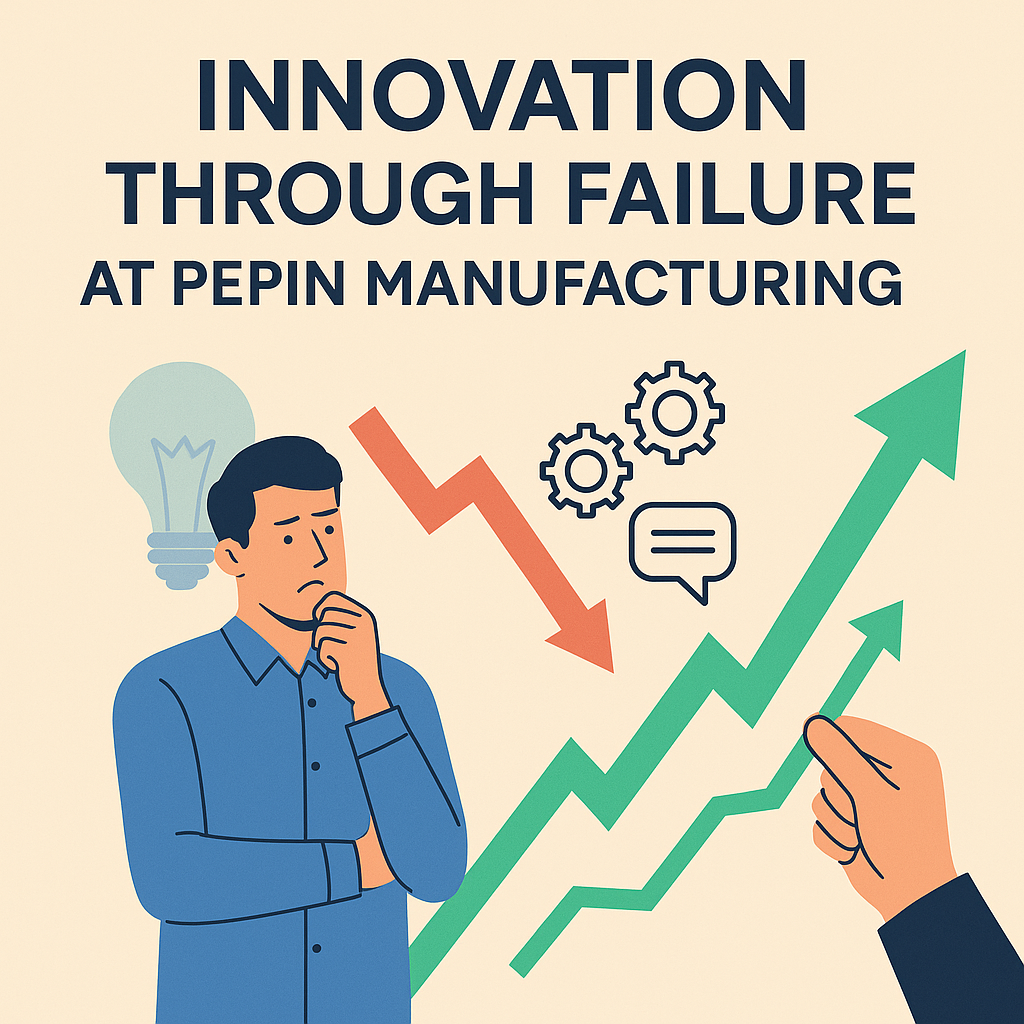Last Updated on May 25, 2025 by Rida Hamid
Enterprise resource planning is a method of organizing and curating a number of essential business processes into a streamlined interface. This sometimes comes with the help of an application, some form of software, or other manifestations based on the industry you’re in.
Whatever ERP implementation looks like, though, it’s there to help streamline your business functions and improve your workflow. We’re going to talk about some things that you can do as you undergo this process, giving you a little insight into what it takes to have a smooth transition.
Let’s get started.
Table of Contents
Guide to Smooth ERP Implementation
The first thing to do is ask yourself what you want to get out of the transition. All too often, we take on sweeping adjustments to our businesses without focusing on the purpose of the change.
Without a clear list of objectives and direct goals, it will be difficult for you to come out on the other end with an improved workflow. A good way to facilitate these goals is to look at your key performance indicators, make goals for them, and find ERP solutions that can improve those indicators.
That way, you take your intentions for the change out of the abstract and into a very real, measurable metric.
Hire a Project Manager
Don’t make a big change to your interfaces and software without help from someone who has experience with these kinds of things. You might be able to hire a consultant who’s trained in the kinetic ERP software that you’re introducing to your business.
They can help with the process of installation. They’ll also be able to help you and your staff understand the interface and learn to use it in an effective way. Without that professional insight, you’re liable to run into a lot of costly hiccups along the way.
Focus on Data Migration
Data migration involves transferring your existing data into a new platform. It can be difficult, as businesses tend to have a lot of data sitting around. You can’t just dump the data or leave it in the old interface, though.
So, make sure that you have a plan of action when it comes to data migration. This might be another area that requires the help of a professional. In fact, it’s very important that the individual or individuals handling your data migration have experience with the subject.
If they don’t, they might run the risk of losing all of your data forever. That’s not something that’s good for anyone.
Once you have the installation, understanding, and data in place, though, there’s nothing stopping you from using your new system. A new interface and a new feeling at the workplace might be enough to free up time and energy for you and your staff to do the work you’re capable of.
Want to Learn More About Business Solutions?
There are a lot of factors to think about when it comes to improving your business. Whether you’re wondering about ERP implementation or you have trouble keeping your employees happy, we’re here to help you with solutions.
Sometimes, all you need is a little idea to kickstart a change. Explore our site for more ideas on company organization, the best ERP system, ERP services, and much more.
Apart from this, if you want to know about Master Data Management then please visit our Business category



























